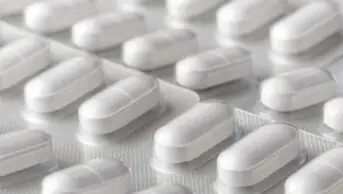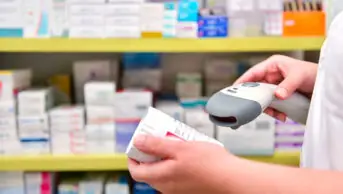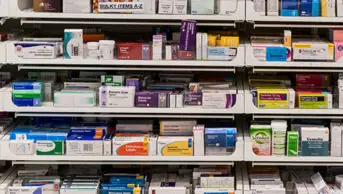
PEAKSTOCK / SCIENCE PHOTO LIBRARY
High prices for new drugs are not justified by research and development costs, and most new drugs “offer little or no clinical benefit over existing treatments,” an analysis by health economists has claimed.
The analysis, published in the BMJ on 15 February 2023 by health economists from the London School of Hygiene and Tropical Medicine and the London School of Economics, show the median price of newly launched prescription drugs in the United States rose from US$1,400 per year (£1,200) in 2008 to more than US$150,000 (£124,000) per year in 2021.
The authors said that high drug prices are often explained by the industry as necessary to support research and development costs, but presented data showing that the world’s 15 largest biopharmaceutical companies spent more on selling, general and administrative activities than they did on research and development from 1999 to 2018.
However, the figures also show that spending on research and development, as a share of drug manufacturers’ revenue, increased from 16% to 21% between 1999 and 2018.
In the same period, spending on selling, general and administrative costs dropped from 35% to 27%, meaning the gap narrowed considerably.
Few new medicines developed during this time were a substantial improvement on existing medicines, the authors said, pointing out data showing that, in the 1970s and 1980s, around 1 in 6 (16%) new drugs approved by the US Food and Drug Administration (FDA) offered “important therapeutic gains”, based on FDA-assigned scores.
The paper calls for government to encourage more valuable drug research and development, including making national patent systems more stringent to avoid rewarding chemical novelty and inventiveness, independent of added therapeutic value, and raising evidence standards for market authorisation by requiring companies to conduct comparative clinical trials, where possible.
“We need to foster the development of therapeutically superior drugs that can enhance patient outcomes,” the authors said.
“This may require a shift of more resources from selling, general and administrative activities to research and development activities and companies to prioritise disease areas with clinical unmet needs.”
Commenting on the analysis, a spokesperson for the Association of the British Pharmaceutical Industry pointed out that most of the pricing data quoted in the analysis is from the United States and, as a result, “is not entirely applicable” to the UK.
“In the UK, medicine pricing undergoes a rigorous cost–benefit analysis by the National Institute for Health and Care Excellence, which simply will not procure medicines which do not meet its strict criteria,” they said.
The analysis comes as drug manufacturers argue that the current clawback on branded medicines income of 26.5% is too high, and should be lowered to 6.9%; a level the UK government said was “unaffordable”.


